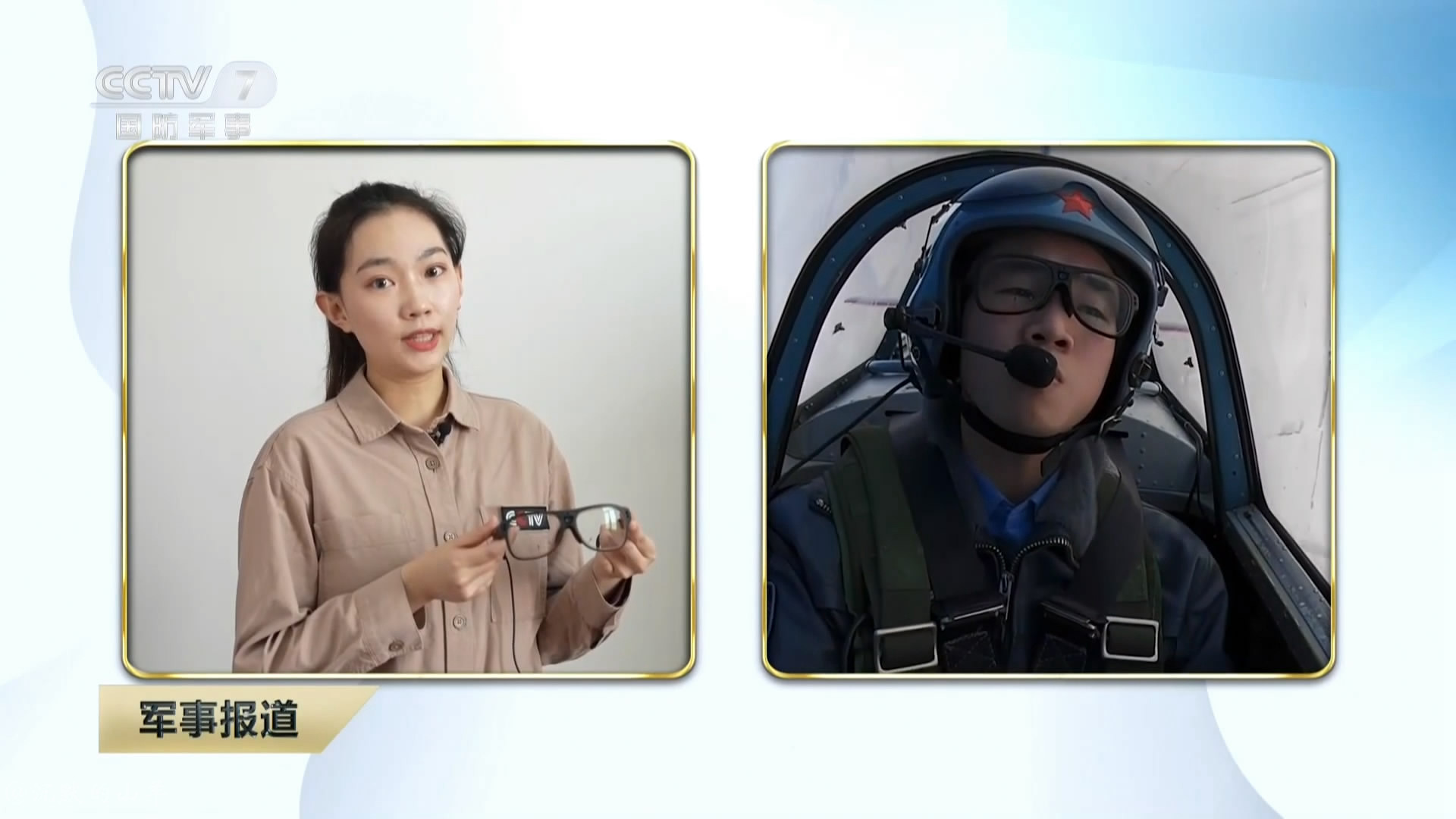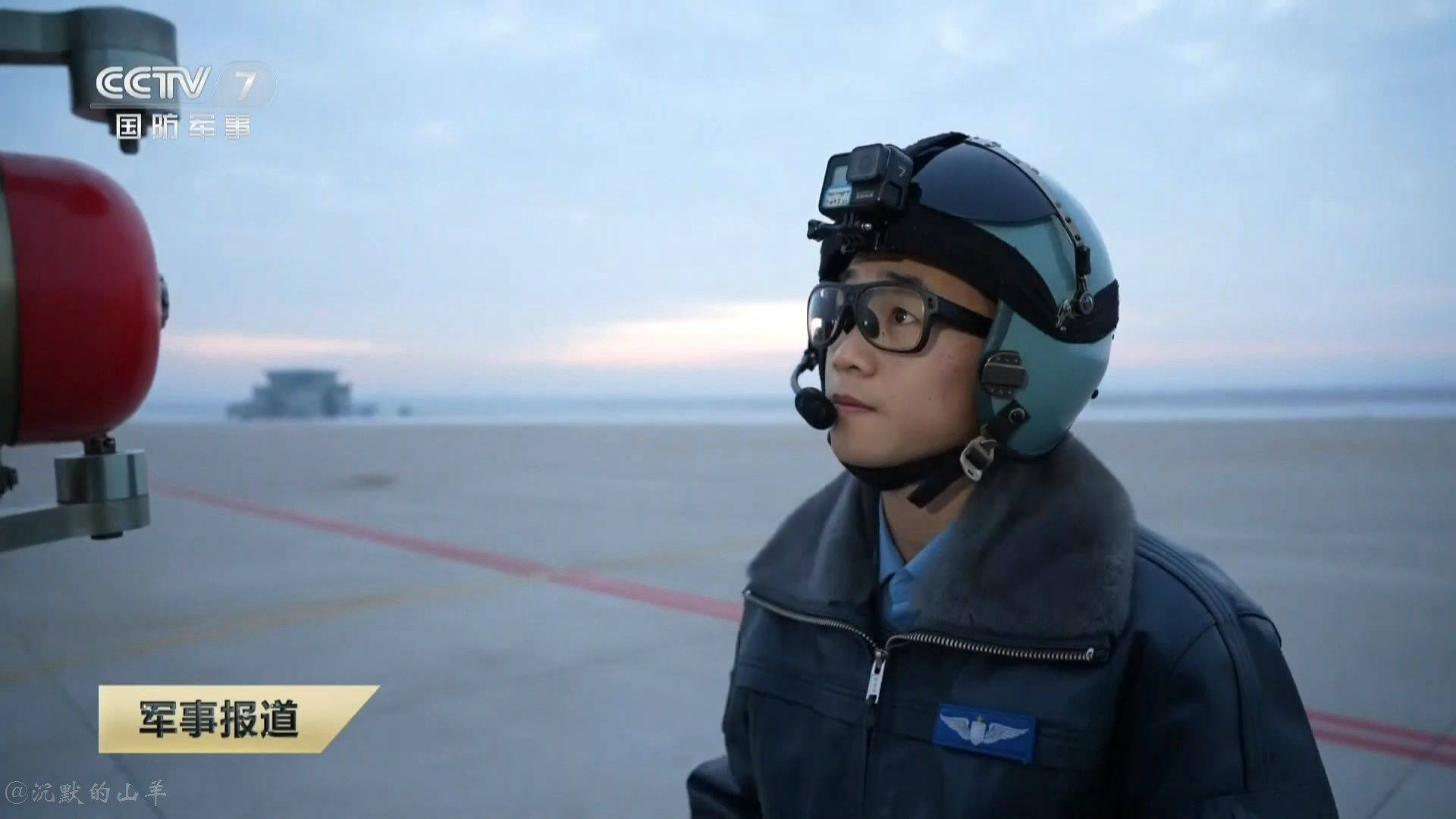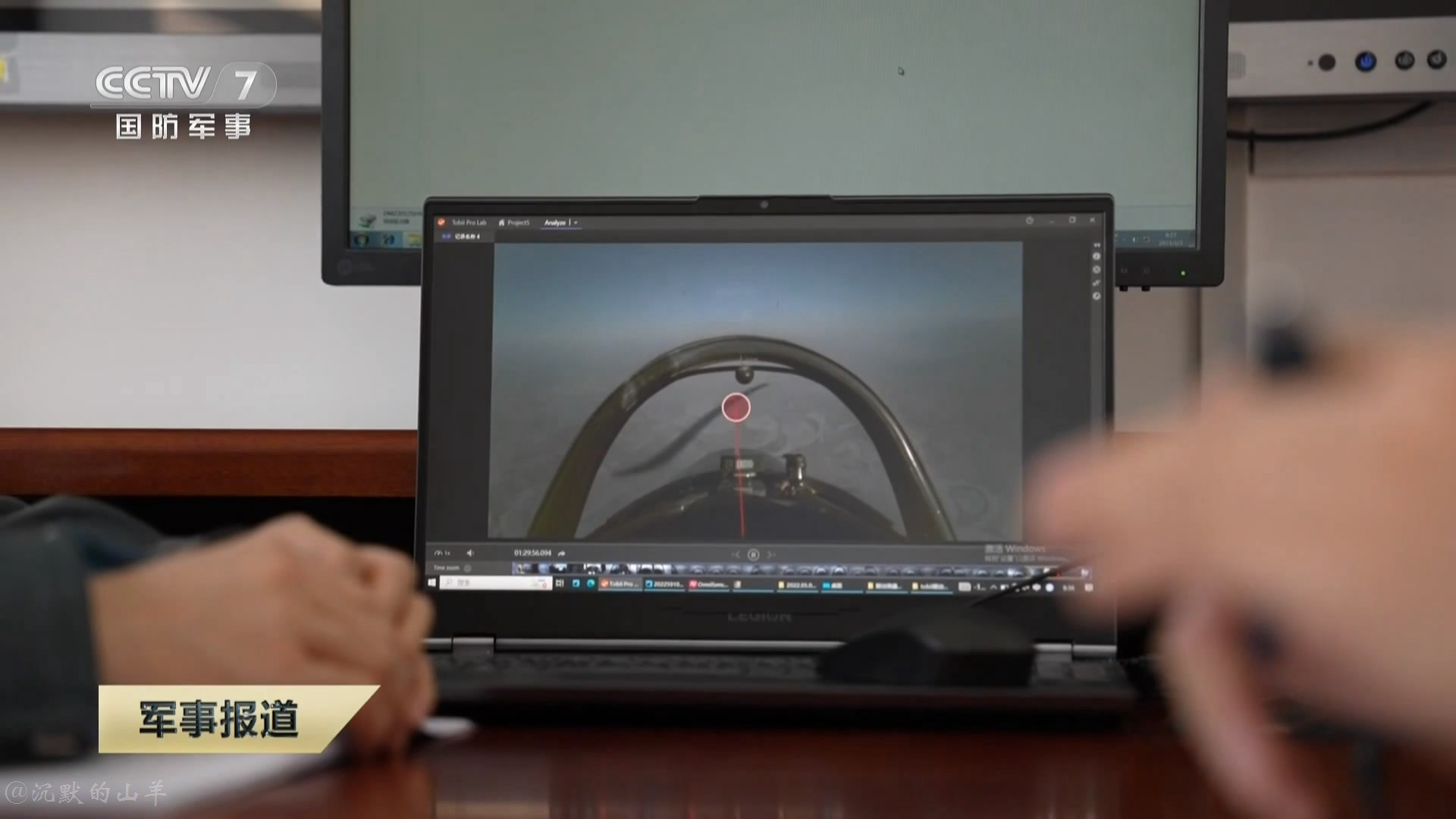a "spy" ballon enter the target country by "accident"? how does that work?!CSIS think tanker losing it, part II
You are using an out of date browser. It may not display this or other websites correctly.
You should upgrade or use an alternative browser.
You should upgrade or use an alternative browser.
PLA Air Force news, pics and videos
- Thread starter Jeff Head
- Start date
China is still building ~100 J-10Cs from 2020 to 2022?
There's no good reason not to. Enemy (any) fighter jets can only carry so many air-to-air missiles, so quantity of armed platforms in the air has a quality all of its own. Especially if the J-10Cs benefits from scales of economy, and can be put into the air at low costs and high numbers that overwhelm any enemies. Just as an example in a hypothetical scenario, if 100 J-10s with 10 J-20s are being sent to take out the Guam bases during a broader war (while the rest of the J-20s are defending the mainland/attacking more important targets), that will divert F-35s/F-22s from other missions, and they may still end up losing the bases in Guam regardless. The J-20 is obviously superior 1 for 1, but you still need bulk behind it to translate this into winning the air component of a war. J-10Cs are providing that bulk until such time that J-20s can be produced in large enough numbers and low enough costs to support an even better platform (6th gen fighter, etc.).China is still building ~100 J-10Cs from 2020 to 2022?
Last edited:
I think this table shows the in-service aircraft at combat brigades. When the birds are built it takes some time before they are attached to combat units. I believe the J-10C stopped producing at the end of 2021 or early 2022.China is still building ~100 J-10Cs from 2020 to 2022?
My question is mainly regarding the report by IISS that China is still somehow building J-10Cs in large numbers in the 2020-2022 period, despite we know that the J-10 production has generally slowed down and possibly already stopped in that period. For that, @Jiang ZeminFanboy has already answered my question.There's no good reason not to. Enemy (any) fighter jets can only carry so many air-to-air missiles, so quantity of armed platforms in the air has a quality all of its own. Especially if the J-10Cs benefits from scales of economy, and can be put into the air at low costs and high numbers that overwhelm any enemies. Just as an example in a hypothetical scenario, if 100 J-10s with 10 J-20s are being sent to take out the Guam bases during a broader war (while the rest of the J-20s are defending the mainland/attacking more important targets), that will divert F-35s/F-22s from other missions, and they may still end up losing the bases in Guam regardless. The J-20 is obviously superior 1 for 1, but you still need bulk behind it to translate this into winning the air component of a war. J-10Cs are providing that bulk until such time that J-20s can be produced in large enough numbers and low enough costs to support an even better platform (6th gen fighter, etc.).
However, regarding your points - the J-10C production has pretty much stopped altogether by 2022, as far as we know.
Besides, the J-10s, being a mediumweight fighter, do not have sufficient combat range to reach Guam. That means either the J-10s have to conduct mid-air refueling en-route to Guam, and refuel again on the return trip - Or they would have to land in Guam after Guam has been successfully captured, adequetely resupplied and defended by the PLA.
Therefore, J-10s won't be used for attacking targets in the vicinity of Guam unless absolutely necessary. They are more suitable fighting around the vicinity of China's territorial borders, coastlines and theater of war within and around the FIC.
Furthermore, there is another key reason why J-10s aren't being built in large quantities anymore (or, stopped being built altogether) - Major air forces are moving on from 4th-gen to 5th-gen fighters whenever possible.
The J-16 is still being mass produced because of their excellent utility as a bomb/missile truck for the PLAAF. Any further production of the J-10 series is going to be export-oriented and replenishment for airframe losses in the PLAAF only.
Once the J-35/31 production lines are spooling up, I think we could see J-16‘s production winding down in the coming years. Considering that there would be 4 variants of the J-35/31 according to the chief designer in Shenyang, it is highly probable that the PLAAF would be looking towards phasing out earlier J-10s for land-based J-35/31s for the mediumweight fighter role starting from the mid/late-2020s.
In fact, the the PLA CMC desires, Shenyang could very well start building J-35/31s for the PLAAF as soon as possible. Introducing J-35/31 into PLAAF service at the same time as the J-20 is one surefire way to rapidly expand the 5th-generation fighter fleet in the PLAAF.
The same goes for the US who is still producing F-15EX and F-16s today. Although, unlike PLAAF's J-16, the USAF only intends to procure no more than 150 F-15EXs.
Last edited:
In fact, if the PLA CMC desires, Shenyang can very well start building J-35/31s for the PLAAF quickly. Simultaneously introducing J-35/31 into PLAAF service as the J-20 is one surefire way to rapidly expand the 5th-generation fighter fleet in the PLAAF.In fact, the the PLA CMC desires, Shenyang could very well start building J-35/31s for the PLAAF as soon as possible. Introducing J-35/31 into PLAAF service at the same time as the J-20 is one surefire way to rapidly expand the 5th-generation fighter fleet in the PLAAF.
Addition:
This might also explain why the present J-20 production rate is lower than the F-35, despite us PLA fans would prefer that more J-20 units can be built per year.
For the US, the F-35 is the only available 5th-gen fighter option since they gutted their F-22 program in 2011. That means the US must demand a higher F-35 production rate from Lockheed Martin in order to fulfill the demands of the 5th-gen fighters in the USAF.
For China, meanwhile, there are two 5th-gen fighter options available, i.e. J-20 and J-35/31. Therefore, China does have a greater leeway WRT the J-20 production rate of the J-20 by Chengdu, since Shenyang can fill in the remainder requirement gap for 5th-gen fighters by the PLAAF with their J-35/31s as soon as they are ready.
There is also the factor where the F-35s are sought after by many "allied" countries in NATO+, so the F-35s need to be built faster in order to fulfill foreign demands, apart from the demands by the USAF, USN and USNMC. On the other hand, the J-20s are built for PLAAF use only, so there isn't as much of a pressure demand as the F-35 on this regard.
Of course, the above speculation of mine is based on the assumption that the PLAAF will procure J-35/31s in the future. If that's not the case, then Chengdu should increase the production rate of the J-20 even further.
Last edited:
In fact, if the PLA CMC desires, Shenyang can very well start building J-35/31s for the PLAAF quickly. Simultaneously introducing J-35/31 into PLAAF service as the J-20 is one surefire way to rapidly expand the 5th-generation fighter fleet in the PLAAF.
...
In fact I'm a bit sceptical about such claims! Yes, the J-35 or a land-based variant would IMO make sense for the PLAAF but if we rate the current J-35 prototypes equivalent to the J-20 prototypes 2011 & 2011, which both flew in 2011, the J-35 is still a few years away from service entry even if we assume it can be done quicker than with the J-20 and before the naval J-35 due to the not necessary carrier tests.
But anyway, I don't expect this could be possible only at least in 2025 or even 2026 given 350001 flew first only in October 2021 (based on J-20 flight testing from Jan. 2011 to January 2016 = 5 years between maiden flight pf prototype no. 01 (aka 2011) and first pre-serial (no. 2101).
All these overhyped dreams, the J-35 could enter serial production already next year are IMO far from realistic.






